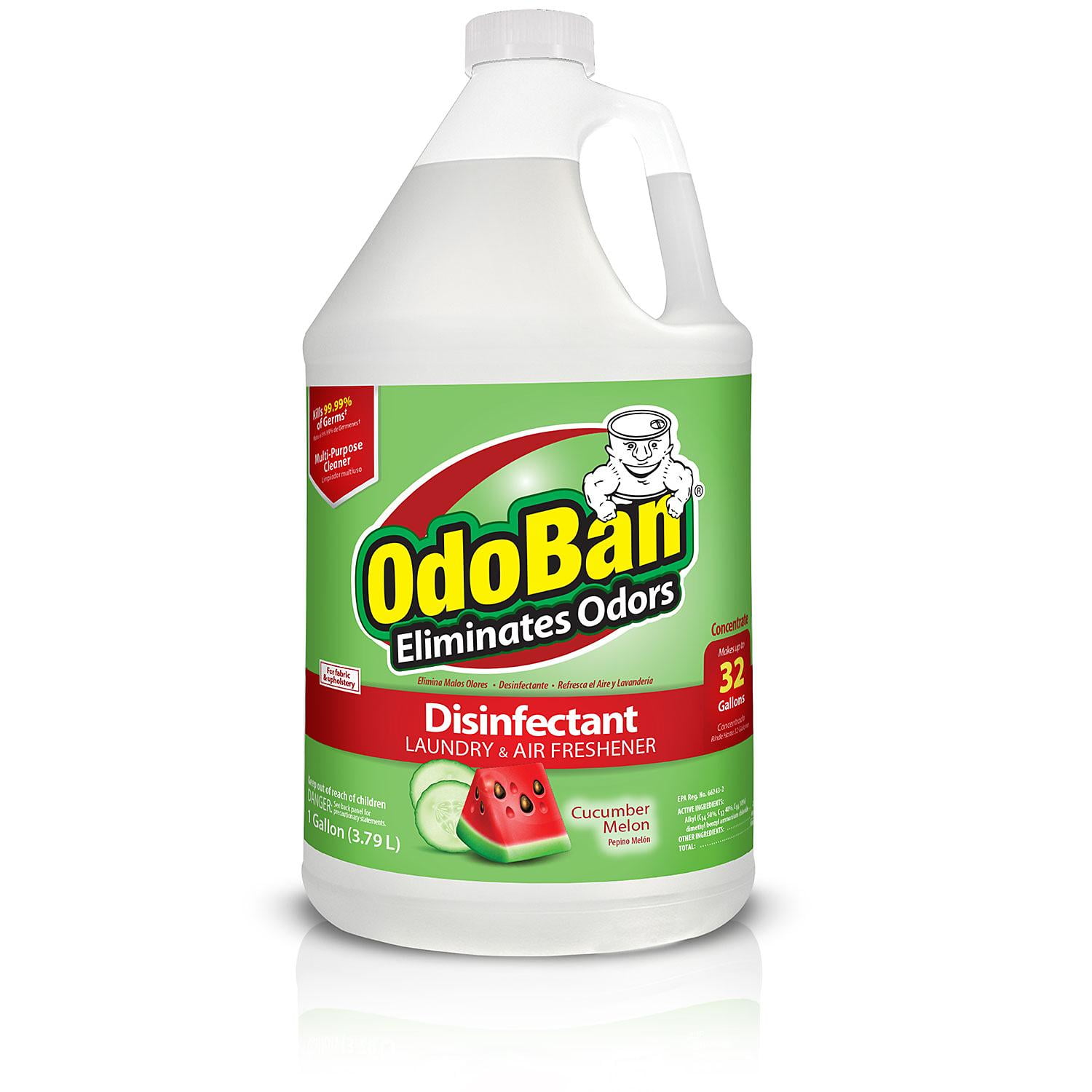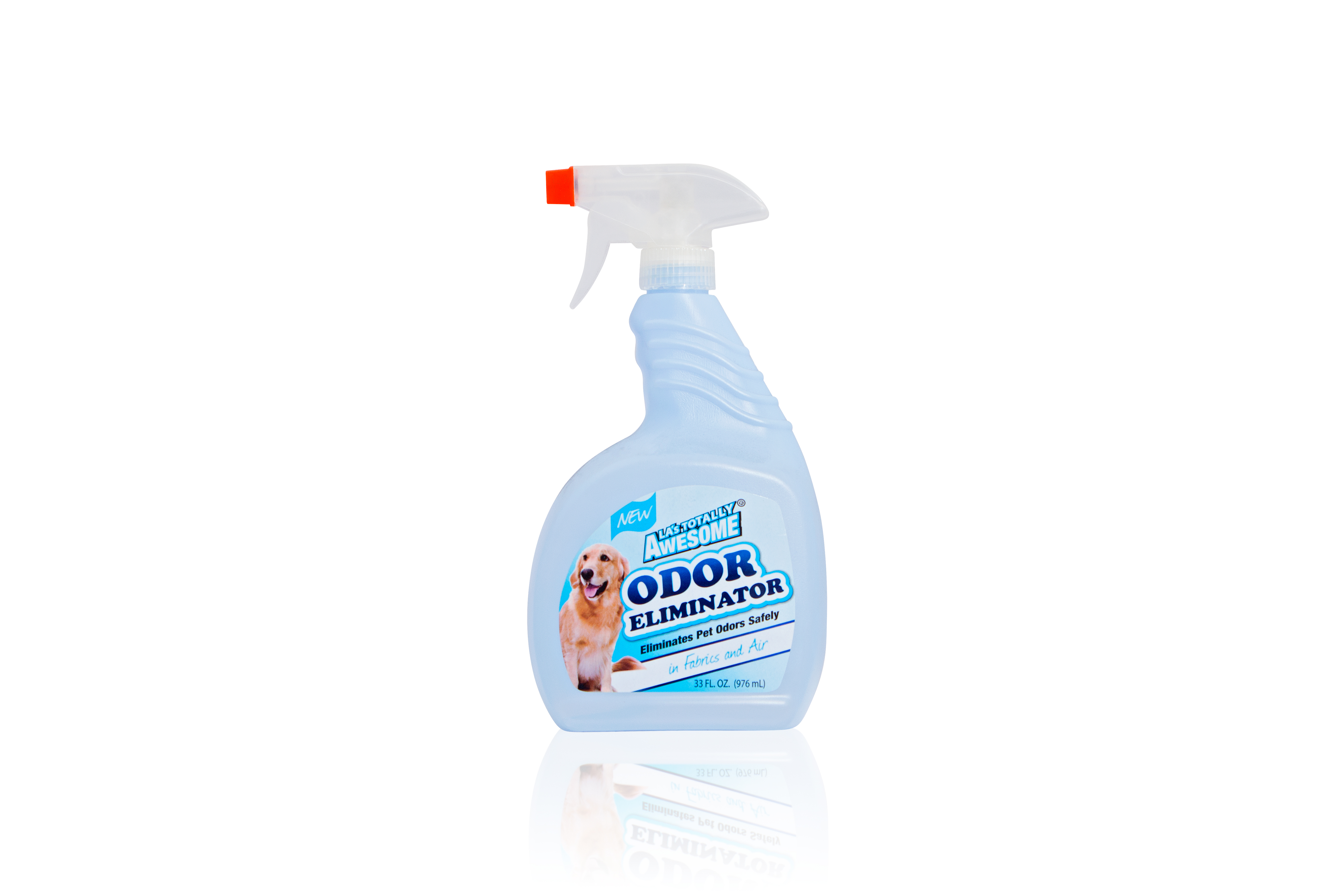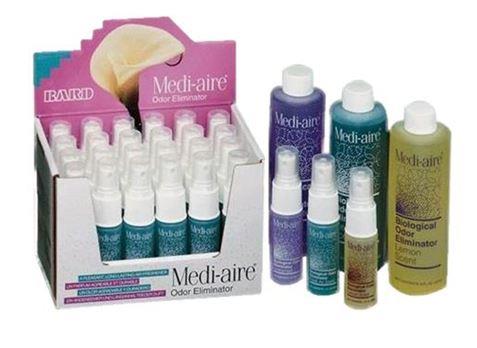

With the aperture ring removed, I was able to clean up the back of the lens body. In my case, there was enough grease and filth holding the ball in place that it remained safely in its hole. I suggest cupping your hand over that side of the aperture ring as you lift it away from the lens body. When you turn the aperture ring of a lens, the click you feel between each set point is coming from the interaction between the ball and those notches.
#Finalshot odor eliminator series
You can tell where the aperture click-ball is located by looking for the series of notches cut into the ring. At first glance you think, “It’s not that bad”…Ī big word of wisdom here: between the aperture ring and the lens body there is a tiny steel ball that has either a coil spring or leaf spring behind it that is just waiting to launch that ball across the room.

Music: I recommend Charlie Haden’s Tokyo Adagio album or Alan Broadbent’s Blue in Green.Īlright, let’s get to it! For this post, I bought an old Konica Hexanon AR 40mm f/1.8 lens from my local camera shop.Cup of Coffee, caffeinated: Your choice of flavor.Lens Poofer: I use a $10 Giotto Rocket Air Blaster that I bought from here.I keep my lens restoration cloths in airtight plastic bags when I’m not using them, and replace them often.
#Finalshot odor eliminator skin
Any dust or skin oil on the cloth will come off on the internal elements of your lens, leaving you immensely frustrated and unable to get a spotless finish. Don’t use one you’ve carried in your pocket or camera bag. Microfiber Lens Cloth: This needs to be extremely clean.I’ve used scented and unscented and haven’t seen any difference in performance but it always makes me a little leery having an extra chemical in the mix when it’s being applied to sensitive lens coatings. Try to find ammonia that doesn’t have any scent added. Household Ammonia: I paid a few bucks at a home goods store for a gallon of this stuff.Hydrogen Peroxide: The same stuff you get from the pharmacy aisle.Safety Glasses: Yeah I know, but you only get two eyes so you might as well protect them.

Nitrile Gloves: These will help keep your fingers from getting dried out from the fungus-killing solution, and it helps keep your glass clean while handling the lens elements.Soaking Dish: I think I paid about $3 for a little white ceramic custard dessert bowl.Parts Dish: I bought a $2 white plastic plate from a local home goods store.IKEA is an excellent place for lamps like this. Desk Lamp: I use two different bendy arm lights: one is an LED spotlight that provides strong, directional lighting, and the other is a multiple LED lamp with a white diffuser to provide shadow-free lighting.I bought a good American-made set from here for about $15. The tip’s pitch and depth are unique to JIS screw heads and attempting to use anything else to remove them could result in buggering it up. They look like a Philips head/cross-tip screwdriver but they are slightly different. JIS Screwdriver Set: For lenses made in Japan you’ll need a set of Japanese Industrial Standard (JIS) screwdrivers.

There is no replacement for this tool that won’t leave damage in its wake.


 0 kommentar(er)
0 kommentar(er)
